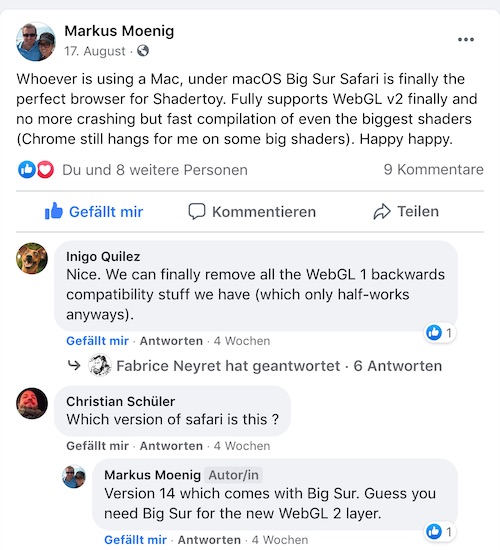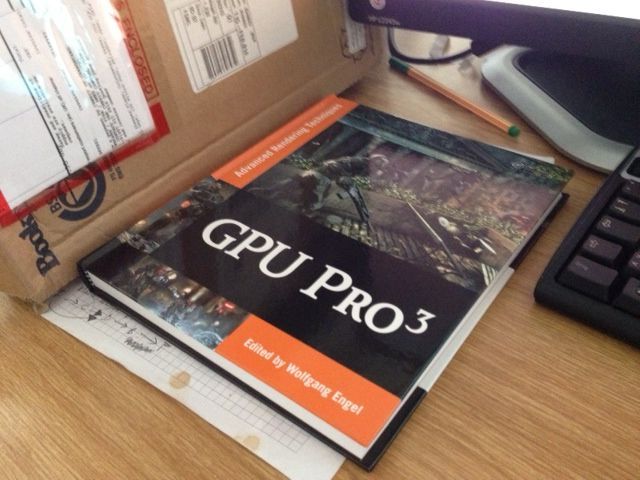Just a quick post to report on my findings of measuring the energy impact of three different ways to have Spotify playing in the background: the Spotify app and the web player using two different browsers (Safari and Firefox).
Inspection of the package contents of the desktop app reveals it to be just a container version of the web player, bringing with it its own instance of a Chromium Embedded framework (for a whopping 168 MB, no less). So what we are really seeing is the performance of the web player in three different browser engines.
So here are the numbers, taken from the ‘energy’ tab in Activity Monitor, on a Mac Book Pro 15″ (2017), and in all cases the window was invisible off-screen*. I also included iTunes playing a local file for comparison:
| idle | playing | |
|---|---|---|
| Web player in Safari 14.0 | < 0.1 | 2.1 |
| Web player in Firefox 86 | < 0.1 | 13.8 |
| Spotify App 1.1.53 (Chromium embedded) | 2.3 | 3.4 |
| iTunes 12.9 | < 0.1 | 1.7 |
(*the respective app was first expanded full screen, and then the focus was switched back to the desktop so that the app window was totally not shown, not even a minimized window or icon)
And the winner for running Spotify with the least energy impact is actually the Safari browser. Congratulations to the Apple engineering team! The desktop app running Chromium Embedded comes second (but with a curiously high idle activity), while Firefox only comes last.
In the hope that this information was useful, make of it as you will :)
EDIT: I just learned that the web player does not support loudness normalization so it is not even an apples-to-apples comparison!
 Fast forward to today and the Safari 14 update has now come to my laptop (which still runs macOS Mojave). So the first thing I did check out all my shaders on Shadertoy and then some to see if the promises were true. My verdict (TL/DR):
Fast forward to today and the Safari 14 update has now come to my laptop (which still runs macOS Mojave). So the first thing I did check out all my shaders on Shadertoy and then some to see if the promises were true. My verdict (TL/DR):